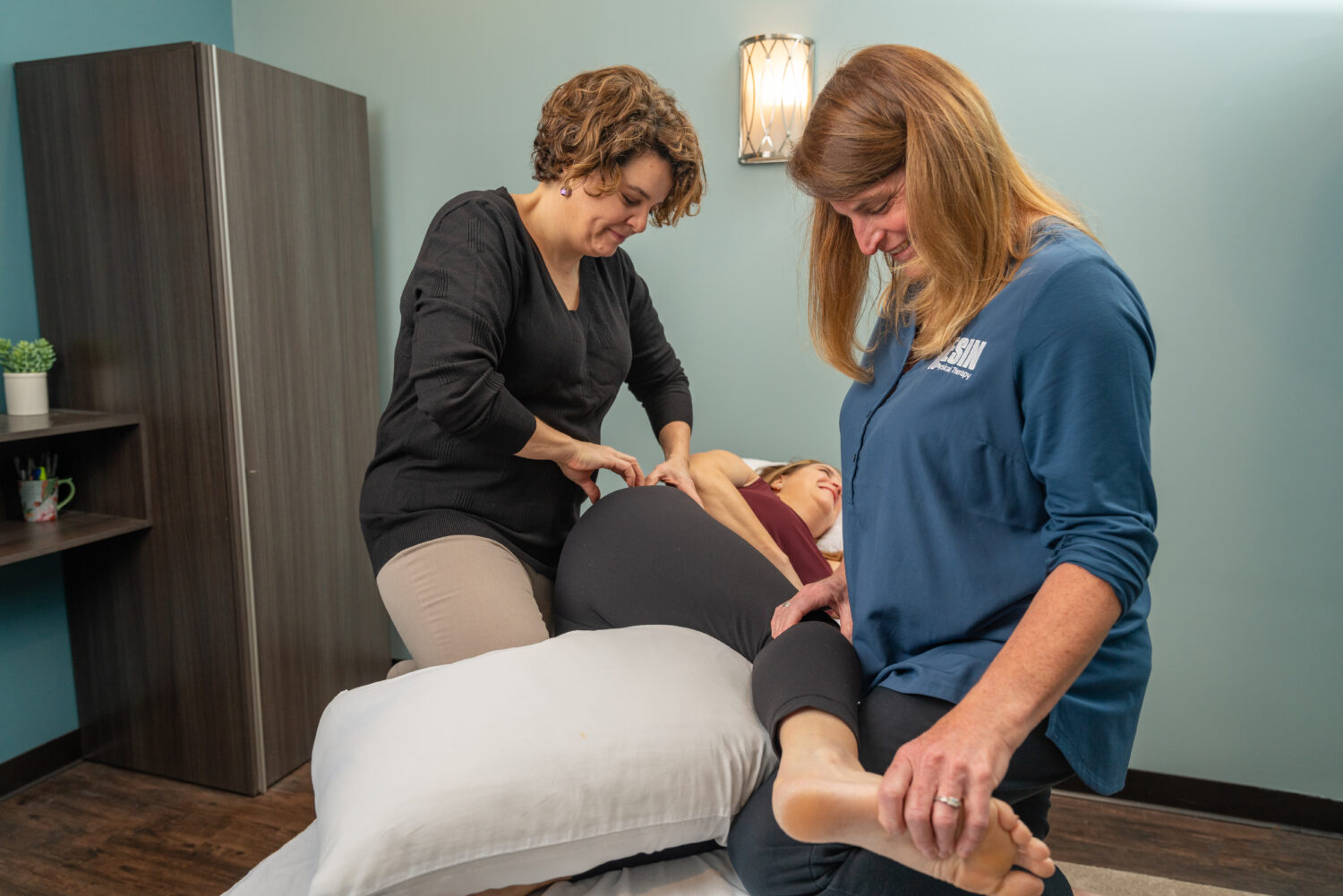what
we
treat
Spine pain is one of the most common complaints that bring patients to Nesin. In fact, over 90% of the population experiences spine pain at some point in their lifetime. The spine serves a number of functions including absorbing shock, maintaining balance and promoting movement all while protecting the spinal cord, so it is integral to come in for treatment instead of suffering with your pain.
Below are examples of spine issues we treat:
- Low Back
- Neck
- Thoracic and Rib Cage Pain
The shoulder is one of the most mobile joints in the body, but mobility has its price. The complexity of the joint predisposes it to a number of different injuries. However, physical therapy can address the factors of shoulder dysfunction and help alleviate your pain.
Here are some common shoulder problems we see:
- Impingement
- Arthritis
- Instability
- Frozen shoulder
- Shoulder tendinitis
- Rotator cuff tear
- Bursitis
Although often overlooked, elbow pain can adversely affect your day-to-day life and activities. If you have elbow pain or notice a limited range of motion, our physical therapists can help.
Here are some common problems that we treat in the elbow.
- Tennis Elbow (lateral epicondylitis)
- Golfer’s Elbow (media epicondylitis)
- Olecranon Bursitis
- Arthritis
- Nerve Entrapment
The human hand is made of 27 bones and is surrounded by a complex design of tendons and ligaments that allow the wrist and hand to perform intricate movements.
Here are a few common injuries to the wrist or hand that we treat:
- Trigger Finger
- Skier’s Thumb
- Carpal Tunnel
- Fracture
Similar to the shoulder, the hip joint provides an amazing combination of both mobility and stability in weight bearing. Therefore, damage to the hip joint and its structures can negatively affect range of motion or the ability to bear weight through the hip. Using advanced hands-on techniques, our physical therapists can help restore normal joint movement in the hip.
Below are common hip conditions that we treat:
- Hip bursitis
- Osteoarthritis
- Hip replacement
- Labral Tear
- Piriformis Syndrome
- SI Pain or Sciatica
- Hamstring Strain
- Snagging Hip
Movement at the knee joint is essential to many everyday activities, including walking, running, sitting and standing. Muscle imbalances or tightness in musculature around the knee, weakness in the hip, or problems in the foot can all increase one’s likelihood for an injury or pain in the knee.
Below are examples of knee issues we treat:
- Patellofemoral Syndrome- Runner’s Knee
- Iliotibial Band Syndrome
- Patellar Tendinitis
- Chondromalacia
- Meniscal Tear
- Ligament Sprain
- Osteoarthritis
- Bursitis
- Knee Replacement
The foot gets you from point A to point B without ever having to think about it until something goes wrong. The primary function of the foot and ankle, besides locomotion, is shock absorption. Because of its critical role in shock absorption, when there is pain or dysfunction in the foot, excess mechanical stress may be distributed up the chain and affect the knee, hip and even low back.
Below are examples of issues we can help treat:
- Plantar Fasciitis
- Achilles tendinitis
- Shin Splints
- Fracture
- Stress Fracture
- Bunion
- Metatarsalgia
- Mortons Neuroma
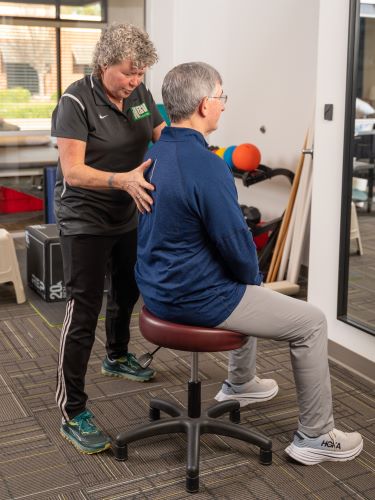

Spine pain is one of the most common complaints that bring patients to Nesin. In fact, over 90% of the population experiences spine pain at some point in their lifetime. The spine serves a number of functions including absorbing shock, maintaining balance and promoting movement all while protecting the spinal cord, so it is integral to come in for treatment instead of suffering with your pain.
Below are examples of spine issues we treat:
- Low Back
- Neck
The shoulder is one of the most mobile joints in the body, but mobility has its price. The complexity of the joint predisposes it to a number of different injuries. However, physical therapy can address the factors of shoulder dysfunction and help alleviate your pain.
Here are some common shoulder problems we see:
- Impingement
- Instability
- Shoulder tendinitis
- Rotator cuff tear
- Bursitis
Although often overlooked, elbow pain can adversely affect your day-to-day life and activities. If you have elbow pain or notice a limited range of motion, our physical therapists can help.
Here are some common problems that we treat in the elbow.
- Tennis Elbow (lateral epicondylitis)
- Golfer’s Elbow (media epicondylitis)
- Olecranon Bursitis
- Nerve Entrapment
The human hand is made of 27 bones and is surrounded by a complex design of tendons and ligaments that allow the wrist and hand to perform intricate movements.
Here are a few common injuries to the wrist or hand that we treat:
- Skier’s Thumb
- Fracture (broken bone)
Similar to the shoulder, the hip joint provides an amazing combination of both mobility and stability in weight bearing. Therefore, damage to the hip joint and its structures can negatively affect range of motion or the ability to bear weight through the hip. Using advanced hands-on techniques, our physical therapists can help restore normal joint movement in the hip.
Below are common hip conditions that we treat:
- Hip bursitis
- Labral Tear
- Piriformis Syndrome
- Hamstring Strain
- Snagging Hip
Movement at the knee joint is essential to many everyday activities, including walking, running, sitting and standing. Muscle imbalances or tightness in musculature around the knee, weakness in the hip, or problems in the foot can all increase one’s likelihood for an injury or pain in the knee.
Below are examples of knee issues we treat:
- Runner’s Knee
- IT Band Syndrome
- Patellar Tendinitis
- Chondromalacia
- Meniscal Tear
- Ligament Sprain
The foot gets you from point A to point B without ever having to think about it until something goes wrong. The primary function of the foot and ankle, besides locomotion, is shock absorption. Because of its critical role in shock absorption, when there is pain or dysfunction in the foot, excess mechanical stress may be distributed up the chain and affect the knee, hip and even low back.
Below are examples of issues we can help treat:
- Plantar Fasciitis
- Achilles tendinitis
- Shin Splints
- Stress Fracture
- Metatarsalgia
- Mortons Neuroma
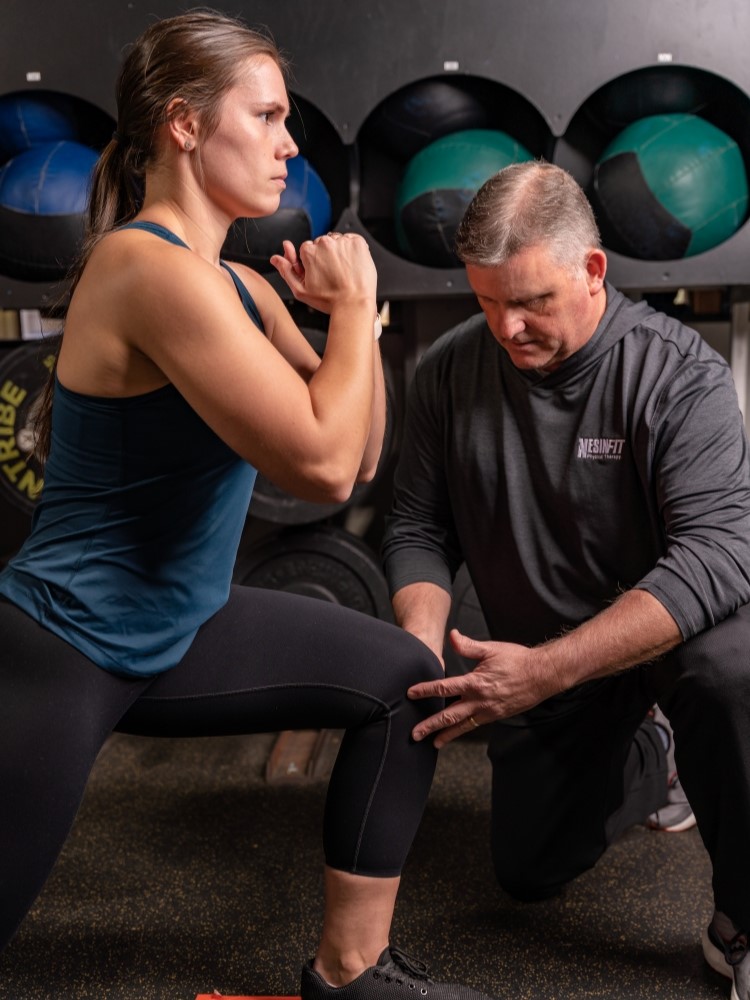

Pelvic floor physical therapy is a powerful tool for the treatment of pelvic pain. Pelvic pain can be felt in the lower abdomen, perineum or the pelvis and may present as an aching, burning, sharp or stabbing pain. Several mechanisms of injury may lead to spasm of the pelvic floor including traumatic vaginal delivery, abdominal or pelvic surgery, prolonged driving, occupations that require prolonged sitting, gait disturbances, traumatic injury to the back or pelvis, or sexual abuse. Pelvic floor dysfunction can also arise in response to other common chronic pain syndromes, such as endometriosis, irritable bowel disease, vulvodynia, and interstitial cystitis.
Patients with the following symptoms or diagnoses should be assessed by a pelvic floor physical therapist:
- Coccydynia
- Vulvodynia
- Pain with intercourse
- Sacroiliac joint dysfunction
- Painful bowel movements
- Interstitial cystitis
- Pain with prolonged sitting
Coccydynia is the medical term for pain in the tailbone area (coccyx). Most resources conclude that the most common cause of coccyx pain is idiopathic, or of unknown origin. The second most cited cause is trauma such as a hard fall on buttocks, or activities which place repetitive stress on the tailbone such as biking or horseback riding. Physical therapy treatment of the coccyx is essential in the recovery process and for minimizing the possibility of recurrence of coccyx and low back pain. This treatment requires a physical therapist with advanced training in manual treatment to restore proper alignment and mobility of the tailbone.
Our practice focuses on both preventive care as well as specialized rehabilitation in the event of prepartum problems. We can address new problems that arise due to the physical stress the body is under and/or help patients who have existing dysfunction that exacerbated during pregnancy. Our therapists enjoy working with patients and their physicians with the goal of ensuring a healthy, active, and comfortable pregnancy.
Our physical therapists at Nesin Therapy are specifically trained to meet the special obstetric needs of women and focus on specialized rehabilitation in the event of postpartum musculoskeletal problems. We follow the American College of Obstetrics and Gynecology guidelines for exercise during and after pregnancy and are trained to assist in all the specific musculoskeletal needs during pregnancy and after the arrival of the new baby.
Pain during intercourse, also known as dyspareunia, is very common. Nearly 75% of women have had pain during intercourse at some time during their lives. No matter if the pain is temporary or a long-term problem, often many women have a frustrating journey of referrals from one doctor to another to search for a cure for painful intercourse. Adding to the frustration, many are told the pain “must be in your head’; however, the pain persists because it actually occurs in the pelvis precisely where they feel it.
Many patients with interstitial cystitis and their physicians are turning to manual physical therapy to help ease IC symptoms and pain. This type of therapy is especially helpful if the patient also has pelvic floor dysfunction.
When the muscles that hold the pelvic organs become inefficient, the pelvic organs can drop from their normal location and push against the wall of the vagina. It is most often associated with pregnancy and childbirth. Manual physical therapy can be instrumental in the relief of the symptoms of pelvic organ prolapse.
Physical Therapy can be a first line of defense against fecal incontinence. This potentially embarrassing condition affects somewhere between 2-24% of the adult population, and is often unreported and therefore untreated. Numerous processes such as trauma from vaginal delivery or neurology injury can result in fecal incontinence.
Proper preventative measures and treatment by a pelvic floor therapist can help patients manage, or alleviate urinary incontinence. Our physical therapists can treat stress incontinence, urge incontinence, and mixed incontinence and offer the highest level of conservative treatment for this common condition that affects women, men and children.
Constipation is a common disorder. After ruling out anatomic, disease and diet-related causes for a patient’s constipation, attention should be directed to the pelvic floor muscles that must relax and contract properly to maintain urinary and fecal incontinence, sexual function, and proper voiding habits.
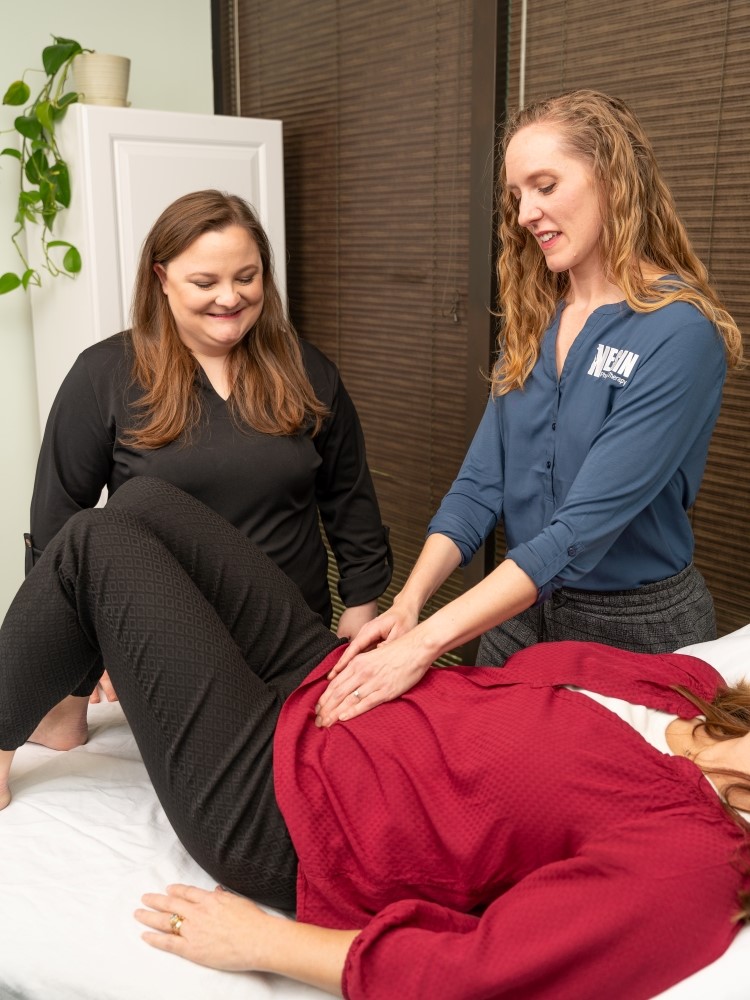

While women are more commonly diagnosed with pelvic floor dysfunction (PFD), which is an impairment of the pelvic floor muscles and connective tissues, the truth is that men also suffer from this disorder quite often.
Men of all ages can suffer from bladder, bowel, prostate and other disorders in the pelvic region. Symptoms like leaking after urination, numbness while sitting, or pain during intercourse are not normal. These disorders can significantly compromise a man’s quality of life, but can be improved with physical therapy treatments, which can help realign the pelvis, relax the pelvic floor muscles and release the connective tissue around the prostate and bladder.
Our physical therapists effectively treat the following diagnoses and conditions:
Pelvic Pain:
- Pelvic floor tension myalgia
- Pelvic floor muscle spasm
- Chronic pelvic pain syndrome
- Chronic prostatitis
- Pudendal neuralgia
- Pain with ejaculation or erection
- Testicular, scrotal, penile or groin pain
Musculoskeletal Dysfunction:
- Coccyx or tailbone pain
- Pubic Symphysis pain
- Lumbosacral strain
- Abdominal wall hernia
- Piriformis syndrome
- Low back, hip, groin or pelvic pain that has not responded to other physical therapy
Bowel and/or Bladder Dysfunctions:
- Interstitial cystitis (IC)
- Urinary urgency and/or frequency
- Urinary retention or incomplete emptying
- Urinary incontinence
- Fecal incontinence
- Chronic constipation or outlet dysfunction
- Post-surgical pain or dysfunction
- Post-prostatectomy urinary incontinence
- Adhesion/scar tissue after urological, intestinal or cancer-related surgeries
Coccydynia is the medical term for pain in the tailbone area (coccyx). Most resources conclude that the most common cause of coccyx pain is idiopathic, or of unknown origin. The second most cited cause is trauma. For example, a hard fall on buttocks, or activities which place repetitive stress on the tailbone such as biking or horseback riding. Other causes, though rare, can include cysts, abscesses or tumors.
Physical therapy treatment of the coccyx is essential in the recovery process and for minimizing the possibility of recurrence of coccyx and low back pain. This treatment requires a physical therapist with advanced training in manual treatment to restore proper alignment and mobility of the tailbone. In addition, physical therapy treatment includes exercises to work on muscles in the region as well as in-depth posture and body mechanics training. This combination results in a high success rate with treatment of coccydynia.
Constipation is a common disorder. After ruling out anatomic, disease and diet-related causes for a patient’s constipation, attention should be directed to the pelvic floor muscles that must relax and contract properly to maintain urinary and fecal incontinence, sexual function, and proper voiding habits.
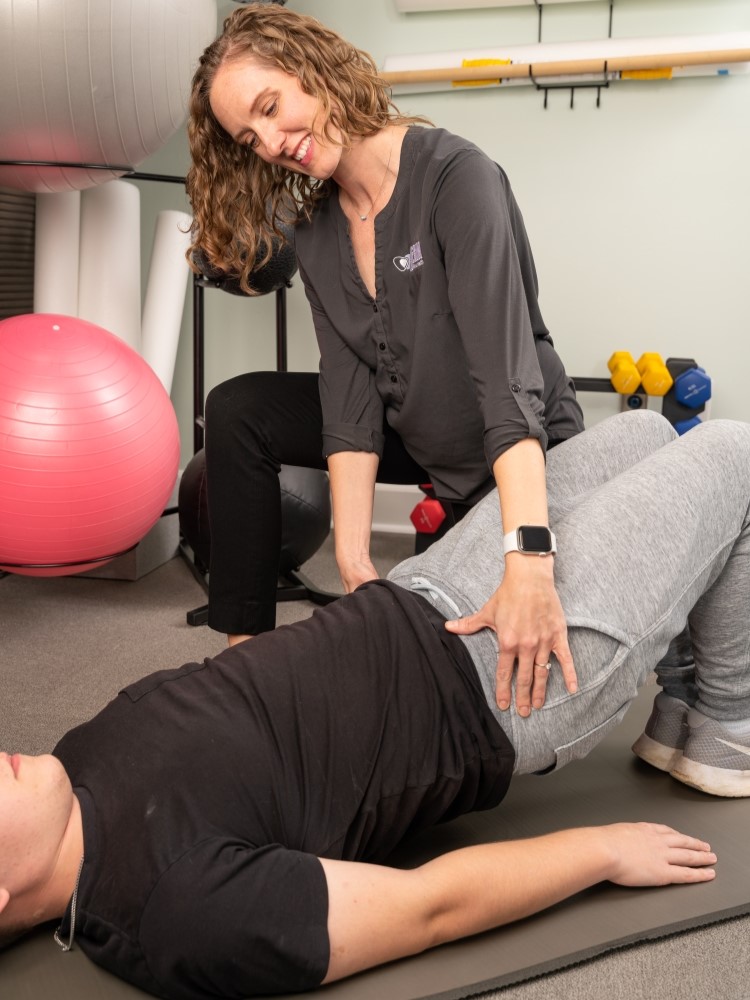

what we treat
Spine pain is one of the most common complaints that bring patients to Nesin. In fact, over 90% of the population experiences spine pain at some point in their lifetime. The spine serves a number of functions including absorbing shock, maintaining balance and promoting movement all while protecting the spinal cord, so it is integral to come in for treatment instead of suffering with your pain.
Below are examples of spine issues we treat:
- Low Back
- Neck
- Thoracic and Rib Cage Pain
The shoulder is one of the most mobile joints in the body, but mobility has its price. The complexity of the joint predisposes it to a number of different injuries. However, physical therapy can address the factors of shoulder dysfunction and help alleviate your pain.
Here are some common shoulder problems we see:
- Impingement
- Arthritis
- Instability
- Frozen shoulder
- Shoulder tendinitis
- Rotator cuff tear
- Bursitis
Although often overlooked, elbow pain can adversely affect your day-to-day life and activities. If you have elbow pain or notice a limited range of motion, our physical therapists can help.
Here are some common problems that we treat in the elbow.
- Tennis Elbow (lateral epicondylitis)
- Golfer’s Elbow (media epicondylitis)
- Olecranon Bursitis
- Arthritis
- Nerve Entrapment
The human hand is made of 27 bones and is surrounded by a complex design of tendons and ligaments that allow the wrist and hand to perform intricate movements.
Here are a few common injuries to the wrist or hand that we treat:
- Trigger Finger
- Skier’s Thumb
- Carpal Tunnel
- Fracture
Similar to the shoulder, the hip joint provides an amazing combination of both mobility and stability in weight bearing. Therefore, damage to the hip joint and its structures can negatively affect range of motion or the ability to bear weight through the hip. Using advanced hands-on techniques, our physical therapists can help restore normal joint movement in the hip.
Below are common hip conditions that we treat:
- Hip bursitis
- Osteoarthritis
- Hip replacement
- Labral Tear
- Piriformis Syndrome
- SI Pain or Sciatica
- Hamstring Strain
- Snagging Hip
Movement at the knee joint is essential to many everyday activities, including walking, running, sitting and standing. Muscle imbalances or tightness in musculature around the knee, weakness in the hip, or problems in the foot can all increase one’s likelihood for an injury or pain in the knee.
Below are examples of knee issues we treat:
- Patellofemoral Syndrome- Runner’s Knee
- Iliotibial Band Syndrome
- Patellar Tendinitis
- Chondromalacia
- Meniscal Tear
- Ligament Sprain
- Osteoarthritis
- Bursitis
- Knee Replacement
The foot gets you from point A to point B without ever having to think about it until something goes wrong. The primary function of the foot and ankle, besides locomotion, is shock absorption. Because of its critical role in shock absorption, when there is pain or dysfunction in the foot, excess mechanical stress may be distributed up the chain and affect the knee, hip and even low back.
Below are examples of issues we can help treat:
- Plantar Fasciitis
- Achilles tendinitis
- Shin Splints
- Fracture
- Stress Fracture
- Bunion
- Metatarsalgia
- Mortons Neuroma


Spine pain is one of the most common complaints that bring patients to Nesin. In fact, over 90% of the population experiences spine pain at some point in their lifetime. The spine serves a number of functions including absorbing shock, maintaining balance and promoting movement all while protecting the spinal cord, so it is integral to come in for treatment instead of suffering with your pain.
Below are examples of spine issues we treat:
- Low Back
- Neck
The shoulder is one of the most mobile joints in the body, but mobility has its price. The complexity of the joint predisposes it to a number of different injuries. However, physical therapy can address the factors of shoulder dysfunction and help alleviate your pain.
Here are some common shoulder problems we see:
- Impingement
- Instability
- Shoulder tendinitis
- Rotator cuff tear
- Bursitis
Although often overlooked, elbow pain can adversely affect your day-to-day life and activities. If you have elbow pain or notice a limited range of motion, our physical therapists can help.
Here are some common problems that we treat in the elbow.
- Tennis Elbow (lateral epicondylitis)
- Golfer’s Elbow (media epicondylitis)
- Olecranon Bursitis
- Nerve Entrapment
The human hand is made of 27 bones and is surrounded by a complex design of tendons and ligaments that allow the wrist and hand to perform intricate movements.
Here are a few common injuries to the wrist or hand that we treat:
- Skier’s Thumb
- Fracture (broken bone)
Similar to the shoulder, the hip joint provides an amazing combination of both mobility and stability in weight bearing. Therefore, damage to the hip joint and its structures can negatively affect range of motion or the ability to bear weight through the hip. Using advanced hands-on techniques, our physical therapists can help restore normal joint movement in the hip.
Below are common hip conditions that we treat:
- Hip bursitis
- Labral Tear
- Piriformis Syndrome
- Hamstring Strain
- Snagging Hip
Movement at the knee joint is essential to many everyday activities, including walking, running, sitting and standing. Muscle imbalances or tightness in musculature around the knee, weakness in the hip, or problems in the foot can all increase one’s likelihood for an injury or pain in the knee.
Below are examples of knee issues we treat:
- Runner’s Knee
- IT Band Syndrome
- Patellar Tendinitis
- Chondromalacia
- Meniscal Tear
- Ligament Sprain
The foot gets you from point A to point B without ever having to think about it until something goes wrong. The primary function of the foot and ankle, besides locomotion, is shock absorption. Because of its critical role in shock absorption, when there is pain or dysfunction in the foot, excess mechanical stress may be distributed up the chain and affect the knee, hip and even low back.
Below are examples of issues we can help treat:
- Plantar Fasciitis
- Achilles tendinitis
- Shin Splints
- Stress Fracture
- Metatarsalgia
- Mortons Neuroma


Pelvic floor physical therapy is a powerful tool for the treatment of pelvic pain. Pelvic pain can be felt in the lower abdomen, perineum or the pelvis and may present as an aching, burning, sharp or stabbing pain. Several mechanisms of injury may lead to spasm of the pelvic floor including traumatic vaginal delivery, abdominal or pelvic surgery, prolonged driving, occupations that require prolonged sitting, gait disturbances, traumatic injury to the back or pelvis, or sexual abuse. Pelvic floor dysfunction can also arise in response to other common chronic pain syndromes, such as endometriosis, irritable bowel disease, vulvodynia, and interstitial cystitis.
Patients with the following symptoms or diagnoses should be assessed by a pelvic floor physical therapist:
- Coccydynia
- Vulvodynia
- Pain with intercourse
- Sacroiliac joint dysfunction
- Painful bowel movements
- Interstitial cystitis
- Pain with prolonged sitting
Coccydynia is the medical term for pain in the tailbone area (coccyx). Most resources conclude that the most common cause of coccyx pain is idiopathic, or of unknown origin. The second most cited cause is trauma such as a hard fall on buttocks, or activities which place repetitive stress on the tailbone such as biking or horseback riding. Physical therapy treatment of the coccyx is essential in the recovery process and for minimizing the possibility of recurrence of coccyx and low back pain. This treatment requires a physical therapist with advanced training in manual treatment to restore proper alignment and mobility of the tailbone.
Our practice focuses on both preventive care as well as specialized rehabilitation in the event of prepartum problems. We can address new problems that arise due to the physical stress the body is under and/or help patients who have existing dysfunction that exacerbated during pregnancy. Our therapists enjoy working with patients and their physicians with the goal of ensuring a healthy, active, and comfortable pregnancy.
Our physical therapists at Nesin Therapy are specifically trained to meet the special obstetric needs of women and focus on specialized rehabilitation in the event of postpartum musculoskeletal problems. We follow the American College of Obstetrics and Gynecology guidelines for exercise during and after pregnancy and are trained to assist in all the specific musculoskeletal needs during pregnancy and after the arrival of the new baby.
Pain during intercourse, also known as dyspareunia, is very common. Nearly 75% of women have had pain during intercourse at some time during their lives. No matter if the pain is temporary or a long-term problem, often many women have a frustrating journey of referrals from one doctor to another to search for a cure for painful intercourse. Adding to the frustration, many are told the pain “must be in your head’; however, the pain persists because it actually occurs in the pelvis precisely where they feel it.
Many patients with interstitial cystitis and their physicians are turning to manual physical therapy to help ease IC symptoms and pain. This type of therapy is especially helpful if the patient also has pelvic floor dysfunction.
When the muscles that hold the pelvic organs become inefficient, the pelvic organs can drop from their normal location and push against the wall of the vagina. It is most often associated with pregnancy and childbirth. Manual physical therapy can be instrumental in the relief of the symptoms of pelvic organ prolapse.
Physical Therapy can be a first line of defense against fecal incontinence. This potentially embarrassing condition affects somewhere between 2-24% of the adult population, and is often unreported and therefore untreated. Numerous processes such as trauma from vaginal delivery or neurology injury can result in fecal incontinence.
Proper preventative measures and treatment by a pelvic floor therapist can help patients manage, or alleviate urinary incontinence. Our physical therapists can treat stress incontinence, urge incontinence, and mixed incontinence and offer the highest level of conservative treatment for this common condition that affects women, men and children.
Constipation is a common disorder. After ruling out anatomic, disease and diet-related causes for a patient’s constipation, attention should be directed to the pelvic floor muscles that must relax and contract properly to maintain urinary and fecal incontinence, sexual function, and proper voiding habits.


While women are more commonly diagnosed with pelvic floor dysfunction (PFD), which is an impairment of the pelvic floor muscles and connective tissues, the truth is that men also suffer from this disorder quite often.
Men of all ages can suffer from bladder, bowel, prostate and other disorders in the pelvic region. Symptoms like leaking after urination, numbness while sitting, or pain during intercourse are not normal. These disorders can significantly compromise a man’s quality of life, but can be improved with physical therapy treatments, which can help realign the pelvis, relax the pelvic floor muscles and release the connective tissue around the prostate and bladder.
Our physical therapists effectively treat the following diagnoses and conditions:
Pelvic Pain:
- Pelvic floor tension myalgia
- Pelvic floor muscle spasm
- Chronic pelvic pain syndrome
- Chronic prostatitis
- Pudendal neuralgia
- Pain with ejaculation or erection
- Testicular, scrotal, penile or groin pain
Musculoskeletal Dysfunction:
- Coccyx or tailbone pain
- Pubic Symphysis pain
- Lumbosacral strain
- Abdominal wall hernia
- Piriformis syndrome
- Low back, hip, groin or pelvic pain that has not responded to other physical therapy
Bowel and/or Bladder Dysfunctions:
- Interstitial cystitis (IC)
- Urinary urgency and/or frequency
- Urinary retention or incomplete emptying
- Urinary incontinence
- Fecal incontinence
- Chronic constipation or outlet dysfunction
- Post-surgical pain or dysfunction
- Post-prostatectomy urinary incontinence
- Adhesion/scar tissue after urological, intestinal or cancer-related surgeries
Coccydynia is the medical term for pain in the tailbone area (coccyx). Most resources conclude that the most common cause of coccyx pain is idiopathic, or of unknown origin. The second most cited cause is trauma. For example, a hard fall on buttocks, or activities which place repetitive stress on the tailbone such as biking or horseback riding. Other causes, though rare, can include cysts, abscesses or tumors.
Physical therapy treatment of the coccyx is essential in the recovery process and for minimizing the possibility of recurrence of coccyx and low back pain. This treatment requires a physical therapist with advanced training in manual treatment to restore proper alignment and mobility of the tailbone. In addition, physical therapy treatment includes exercises to work on muscles in the region as well as in-depth posture and body mechanics training. This combination results in a high success rate with treatment of coccydynia.
Constipation is a common disorder. After ruling out anatomic, disease and diet-related causes for a patient’s constipation, attention should be directed to the pelvic floor muscles that must relax and contract properly to maintain urinary and fecal incontinence, sexual function, and proper voiding habits.


hands on
hands
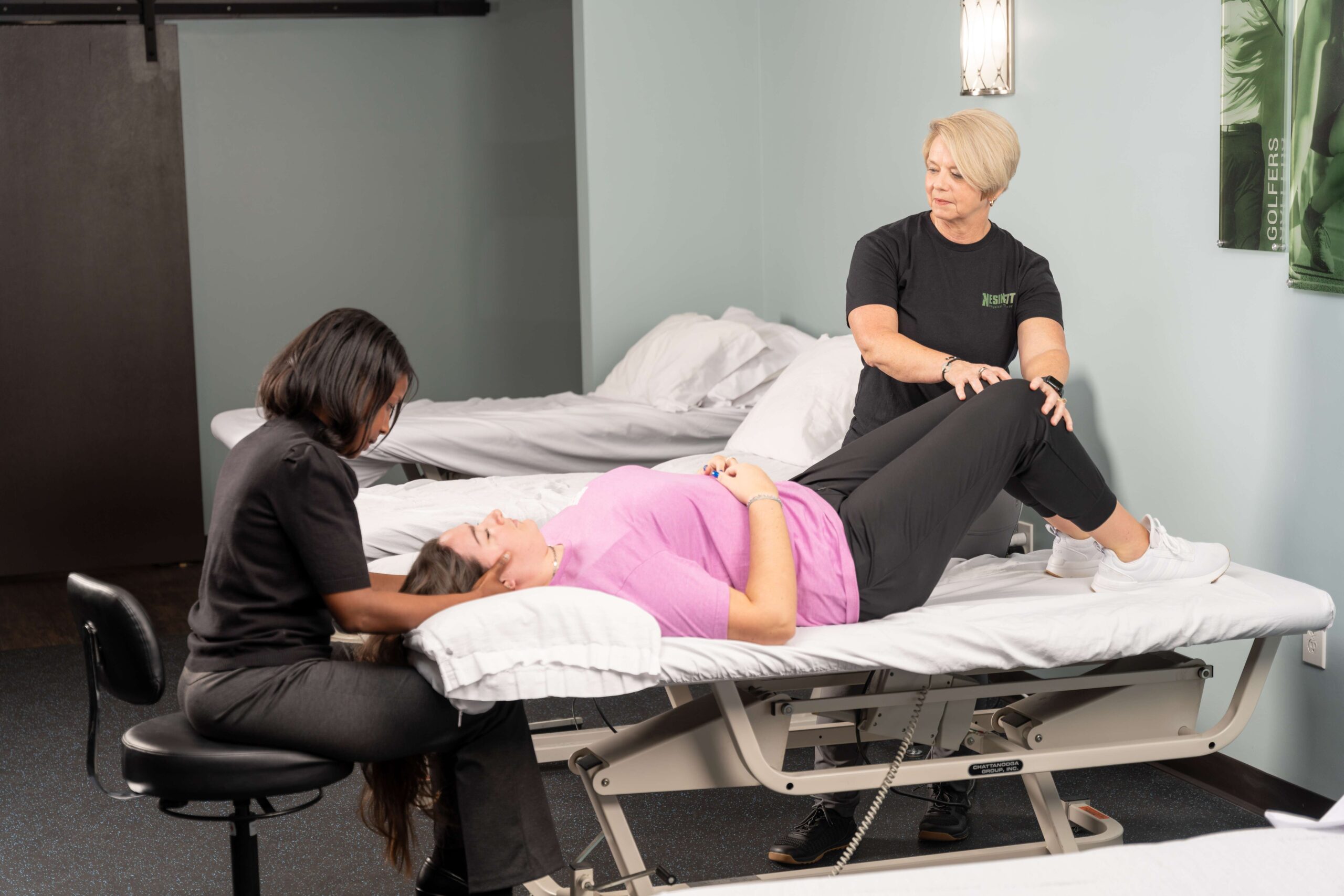
Treatment Approach
patient-specific
One of our highly skilled therapists will utilize a variety of approaches, including hands-on manual therapy and strength training, to help you live life better.
Our practitioners use their hands to mobilize joints or tissues. This manual technique, in conjunction with strength training, requires advanced clinical skills and annual continuing education.
We are committed to the patient experience. We use a holistic approach to address the underlying issues to more effectively manage or eliminate pain.
on
our story
In 1987, Janet Nesin founded Nesin Therapy. The initial practice provided contract physical therapy services for home health agencies and nursing homes. She began the business from her home with one employee, Sandy Kimbrel, who retired from Nesin Therapy in 2017 after 30 years with the company. Janet’s primary goals included controlling the quality of physical therapy services and providing flexible work schedules for her employees. As the business expanded, Janet realized the importance of continuing education for her staff and herself. This realization led her to seek assistance in furthering her academic qualifications, where services like ghostwriter masterarbeit kosten played a crucial role in helping her manage her workload while pursuing higher education. By leveraging such support, Janet ensured she stayed at the forefront of physical therapy practices, enhancing the quality of care provided by her company. Michelle and Janine Nesin began to treat patients alongside their mother at the beginning of their careers. The company transitioned from contract to outpatient services. Nesin has expanded into four clinics in Madison, Southeast Huntsville, Research Park and our Nesin Pelvic Health in Downtown Huntsville.



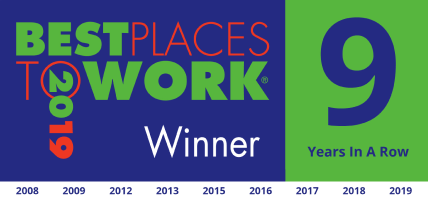

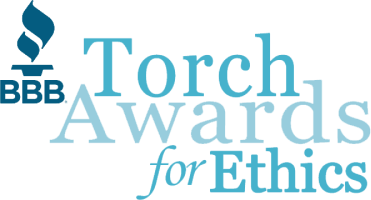

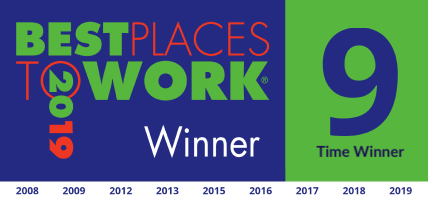




living life better

Christina J.
The staff were very professional, but personable. I loved coming in because I could feel an improvement plus I enjoyed talking with my therapist. It sort of feels like family at Nesin. I appreciate my therapist discovering that my gait and the way I walk and step up were causing my problems. These were issues that left unchecked would make my future mobility very limited.
Michael M.
I was seen by a team of physical therapists. They were very professional and as a team were able to treat my problem. The home exercises they recommended based on their examinations helped me to be nearly 100% pain free. I highly recommend Nesin.
Jean M.
I truly enjoyed my PT a lot! She listened to my concerns and recent experience involving my back and pelvis. She was available if I had any questions or concerns. She was genuine and kind. She also educated me a lot involving my standing position which caused a lot of my back pain. She also educated me on my recent diagnosis of endometriosis. I will make referrals to friends and family about my experience at Nesin Physical Therapy.
Mark S.
I'm very pleased with the treatment I received at Nesin. They have a very knowledgeable and caring staff. My problem was accurately evaluated, treated and I received expert advice on what I need to do to heal, recover, and ultimately regain function, range of motion and strength in my affected shoulder.
